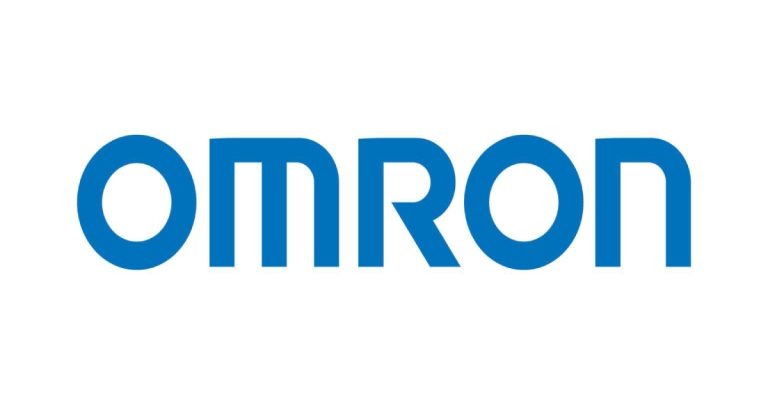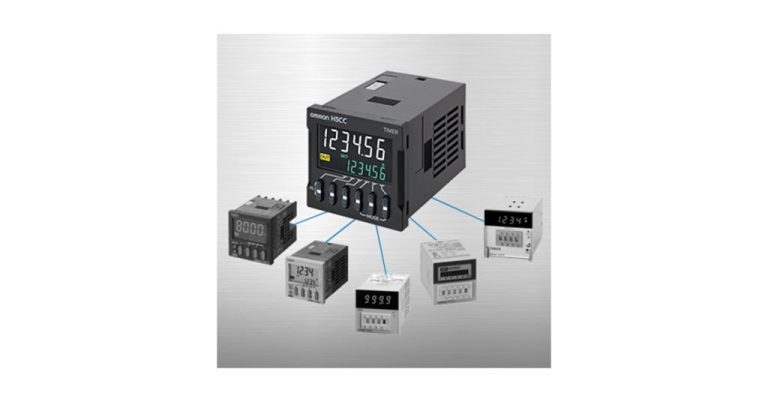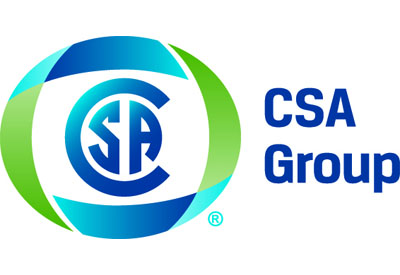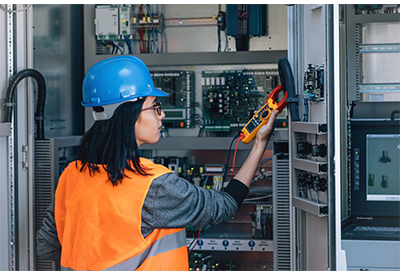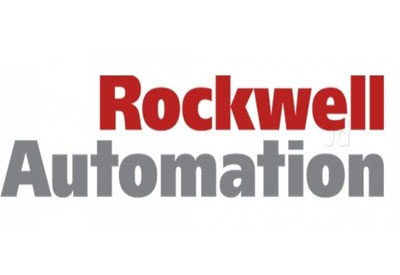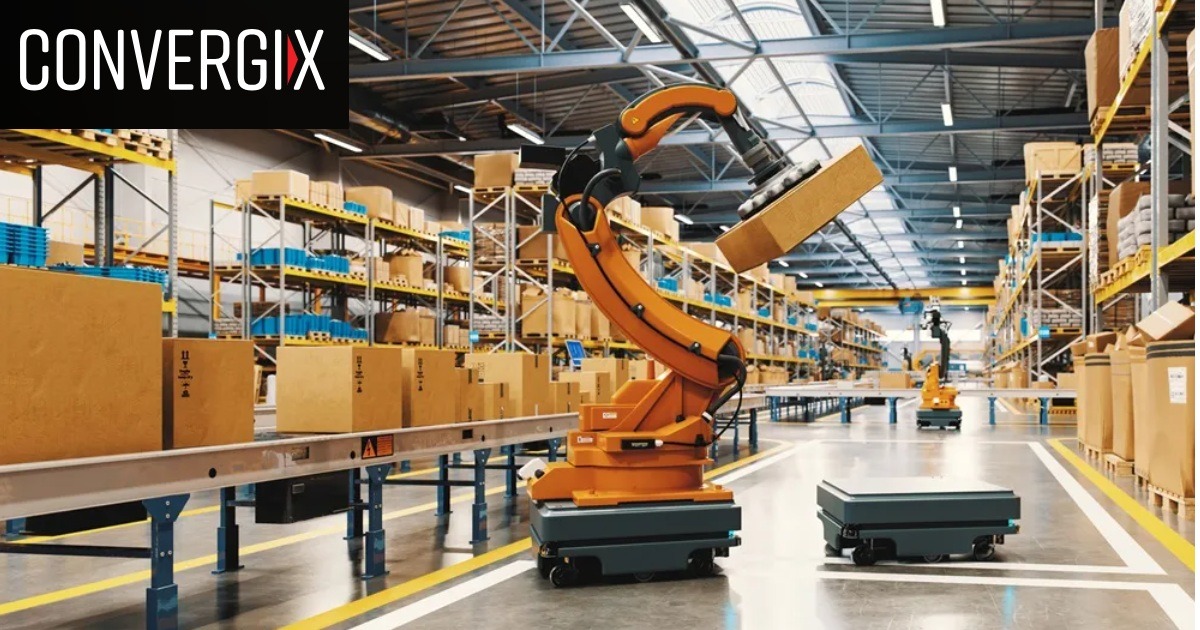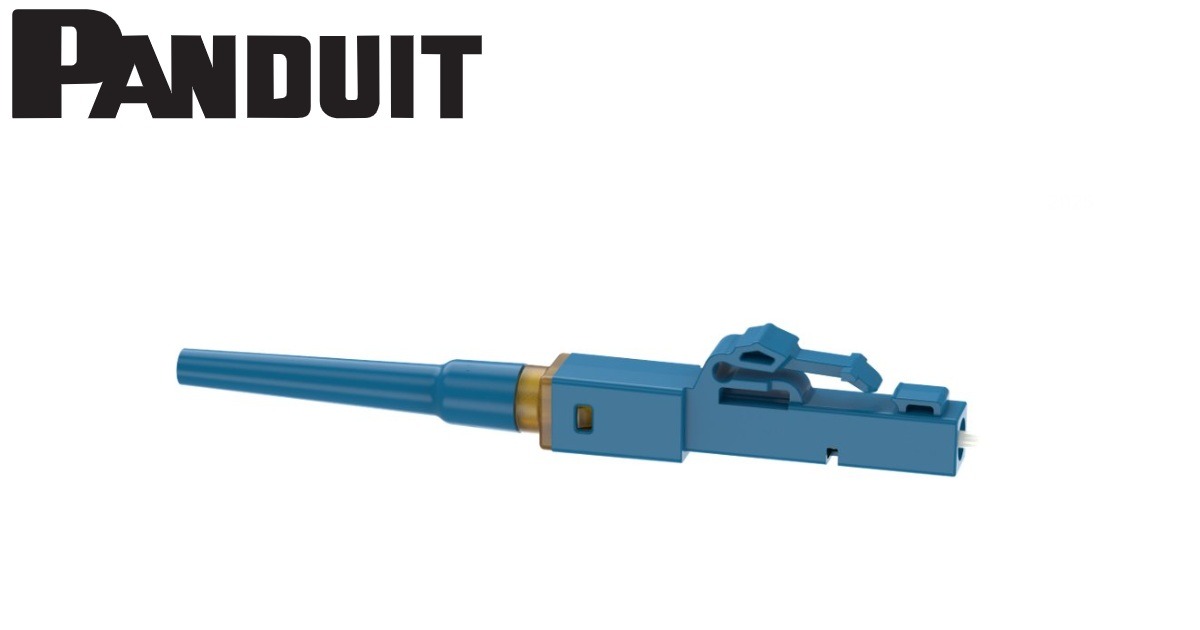How non-contact door switches make standards compliance easier
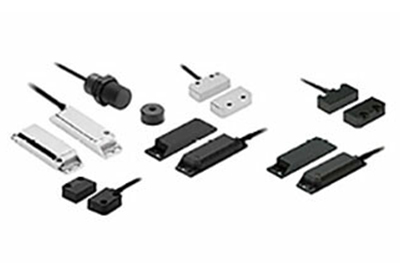
January 28, 2020
Safety standards are evolving, and it’s important for manufacturers to make sure that their machines are compliant without hampering operators’ ability to do their jobs. If the machines aren’t compliant, serious injury could result. However, if the safeguarding gets in the way too much, operators might try to bypass it, causing the machine to still be unsafe.
At Omron, one of the major goals is to simplify the process of conforming with standards like ISO 14119:2013. By providing smart and thorough safety solutions that enable you to monitor whether a door is open or closed, Omron can help you keep productivity levels high while continuing to protect your team.
What is ISO 14119:2013?
ISO 14119:2003 is a safety standard that provides principles for the design and selection of interlocking devices associated with guards on machinery. Its requirements cover the parts of guards which actuate interlocking devices, and these criteria are independent of the nature of the energy source.
To ensure that operators have no easy way to get around the safeguarding, ISO 14119:2013 provides measures to minimize defeat of interlocking devices in a reasonably foreseeable manner. This creates a challenge for manufacturers, as single-keyed door switches can be easily bypassed, and they frequently fail due to damage.
Non-contact door switches can upgrade your applications for standards compliance
Fortunately, new technologies are making it possible to keep doors tamper-proof. Non-contact door switches like Omron’s D40R and D40P Series can be added to existing applications to upgrade them to a higher performance level. This keeps operators and maintenance staff safer without lowering productivity.
The D40R Series combines RFID coding technology with IP69K protection and standard mounting sizes. Both basic and uniquely coded models are available, the latter of which provides high tamper resistance in accordance with ISO 14119.
The D40P Series use a coded magnet with long-lasting Hall effect and hassle-free solid-state outputs. Multiple sizes and case materials are offered to meet the requirements of food and beverage, packaging and factory automation markets. Both the D40R and D40P switches are ideal for wet, dirty and demanding environments.
Choosing between magnetic and RFID-based switches
As you likely noticed, the D40R and D40P switches are based on different technologies – one uses RFID and the other is magnetic. The advantage of RFID in this scenario is that it allows manufacturers to choose a unique codification a door. Without having the exact codification, the only way to bypass a door with a D40R non-contact switch is to remove it altogether.

